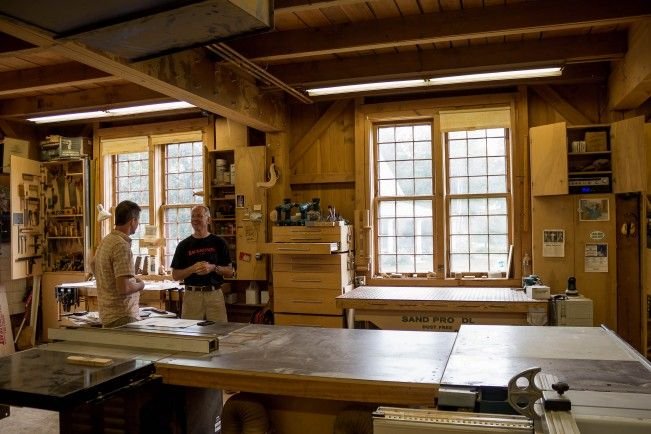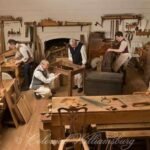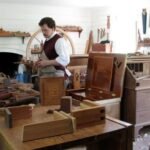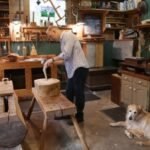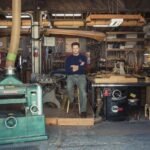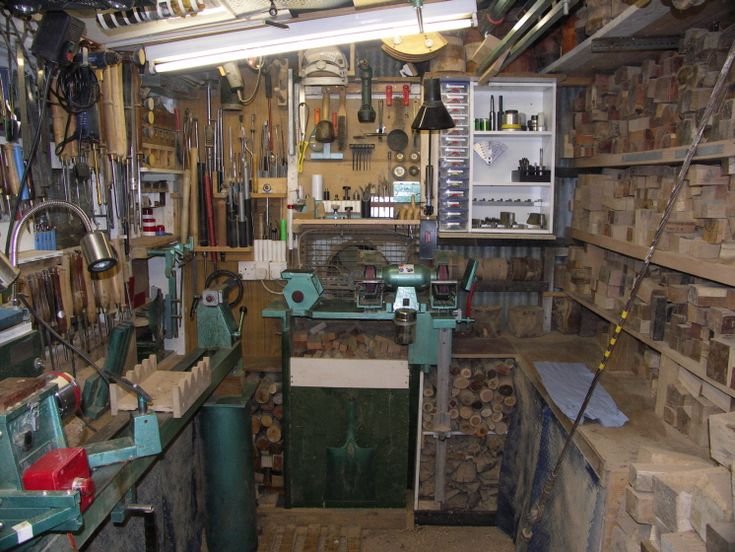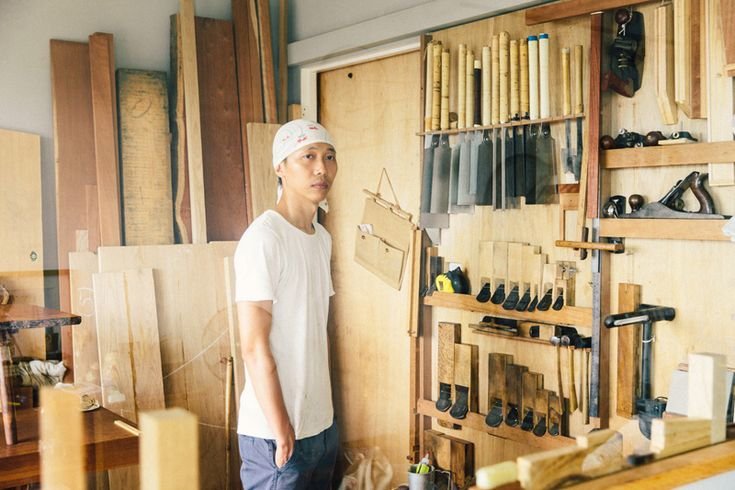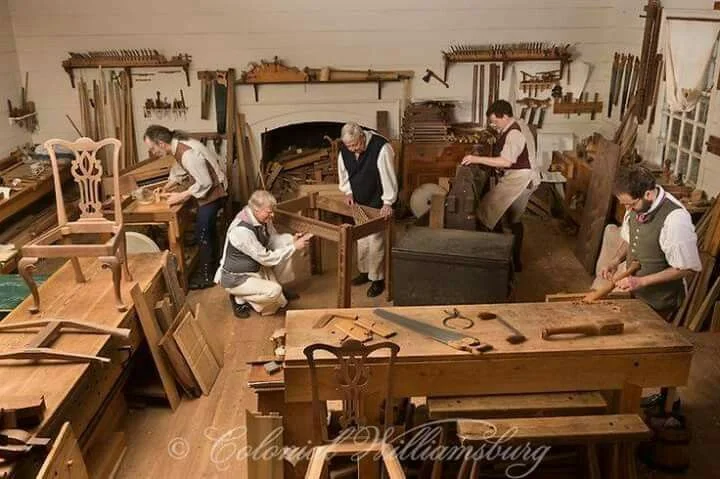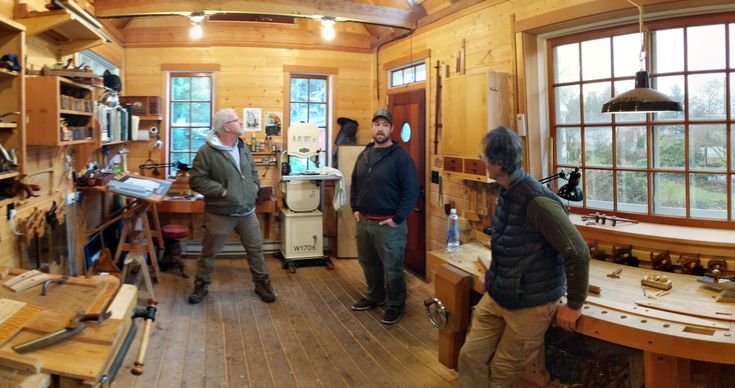The Old Tools That Helped Me Find My Groove
You know, it’s funny how sometimes the smallest things can lead to the biggest lessons. I was sitting in my workshop the other evening, trying to get a little piece of oak to come together for what I thought would be my magnum opus— a coffee table fit for a king, or at least for my living room. The sun was setting, casting all kinds of shadows where the dust motes danced in the golden light, and that’s when I started thinking about the vintage woodworking tools I’d picked up on eBay.
Yeah, eBay. You wouldn’t believe the treasures you can find there if you look hard enough. But let me backtrack a bit; this is a story that deserves some context.
The Call of the Tools
So, I’ve been tinkering away in this small town for years. The first time I stepped into a woodworking shop, the faint smell of sawdust mixed with the metallic tang of tools hit me like a wave. That smell—the aroma of wood and metal—has always been like a drug to me. But the tools? Oh boy, they can tell their own stories. Fancy new gadgets are nice and all, but there’s something about the patina on an old hand plane. You can almost hear the past whispering as you slide it smoothly over the grain.
A while back, I decided I wanted to revamp my tool collection. I had my eye on a vintage Stanley plane and some chisels made by Buck Brothers. You know, the kind that looks like they’ve sloughed off decades of dedicated service. I knew I’d find better deals online than at the dusty antique shops downtown. So, I kept my fingers crossed and started browsing eBay every chance I got.
One late night, two cups of coffee deep, I spotted this rugged old jointer plane covered in a layer of rust. I thought to myself, “Well, it looks like it has a story to tell.” The bidding was low, and before I knew it, I’d penciled ‘Stanley Bailey’ into my weekly budget like a warning label.
Triumphs and Trials
Fast forward a week later, and that jointer plane showed up on my doorstep. The smell of the packaging was all wrong—like a mixture of old cardboard and something musty. But hey, the tool, once freed from its wrapper, had this elegance to it. The wood was actually in decent shape, just needed a little elbow grease. The moment I held it in my hands, I felt like a woodworker should feel—invincible and a tiny bit intimidated all at once.
Well, there I was trying to get my oak boards to align perfectly. The first time I used that plane, I was so excited. I took a deep breath, just like my grandfather taught me, and began to ease it across the wood. But for some reason, it didn’t glide like I had imagined. It squeaked and snagged. I almost gave up when the optimistic excitement of the evening turned into outright frustration—the kind that changes your mood faster than cloudy skies.
Turns out, there’s this thing called “tuning” that I had glossed over while watching YouTube videos. It seemed everyone had this immaculate plane that glided effortlessly, while mine was more like a stubborn mule. So, I don’t know, I spent some time adjusting the blade, honing it, and whispering sweet nothings to it. And wouldn’t you know, that old jointer began to work magic right there in my garage.
Learning to Let Go
I remember that moment. It was almost comical. I was wrestling with that wood, grumbling under my breath, and then, out of nowhere, the blade sliced through the oak effortlessly. I stopped and just laughed—like a real belly laugh. Who knew something so simple could feel so rewarding? It was at that moment, with sawdust swirling around me and the sun painting everything in hues of amber, that I realized it was about the journey, not just the outcome.
Then, there were the chisels I snagged—a beautiful old set from Buck Brothers. The handles were worn, the steel a bit stained; they looked like they’d been through countless projects and probably held the secrets of dozens of other woodworkers. I could almost see the faint outlines of other craftsmen’s lives etched into those knobs. The first time I tried using them, I jabbed the tip into the wood, and wouldn’t you know it? The thing slipped, and I put a too-deep gash right into the piece I was shaping.
But then again, we’ve all got our battle scars, don’t we? Instead of tossing that piece into the “I’ll figure out what to do with later” pile, I left it there, imperfect. I learned to embrace the mistakes, you know? Sometimes it’s cooler to just roll with the punches rather than aim for perfection.
A Simple Joy
So, here I am now, with my little collection of vintage tools, all of them holding their stories tight and making their presence felt in my projects. Every scratch or dent is a testament to the work that’s been done. And that’s the thing, isn’t it? Those old tools have a character that the shiny new ones just don’t have. They remind me to slow down, take a breather, and enjoy the process of making something from scratch—even if it’s not perfect.
If you’re thinking about diving into woodworking or maybe snagging some old tools to tinker with, just go for it. Seriously. Don’t let the idea of failure scare you; embrace it. Because I’ve found that sometimes pickin’ up a rusty old tool on eBay can lead you not just to a product but to an experience worth savoring over a cup of coffee.

